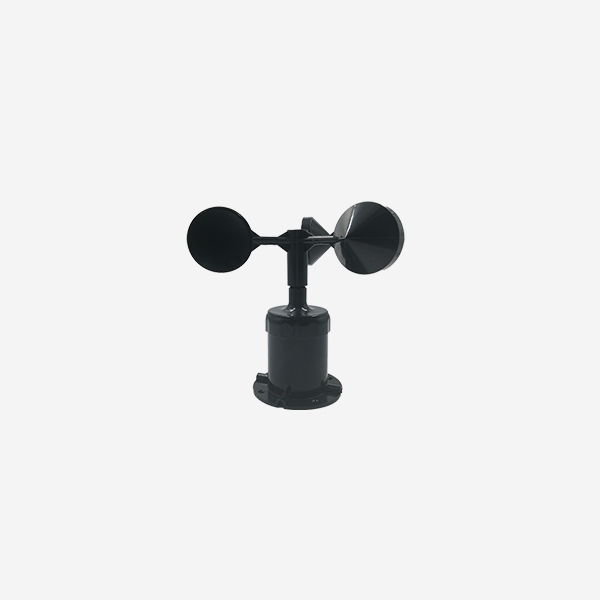Learn about wind measuring instruments
The wind measurement instrument is an essential tool for understanding the behavior of wind and other atmospheric phenomena. These instruments play a critical role in collecting data that is used for weather forecasting, climate change research, wind turbine operations, and more.

Types of wind measuring instruments
The most common type of wind measurement instrument is the anemometer, which measures the speed and direction of the wind. These instruments are typically mounted on a tower or mast and are designed to withstand high winds and varying weather conditions. The anemometer measures wind speed using a propeller or cup arrangement that rotates in the wind. The direction of the wind is determined using a vane or magnetometer.
Another important type of wind measurement instrument is the wind speed and direction recorder. These instruments are typically used for long-term monitoring of wind speed and direction. They use sensors to measure the speed and direction of the wind and record the data using digital or analog methods. Data can be transmitted to a remote location for analysis or displayed locally on a screen.
Wind measurement instruments are also used to study turbulence, which is caused by wind shear and other factors. Turbulence can have significant impacts on aviation and wind turbine operations, so it is important to understand its characteristics. Instruments such as the热线风速仪and hot-wire anemometer are used to measure turbulence intensity and wind speed fluctuations.
Wind measurement instruments can also be used to study the vertical profile of wind speed and temperature. These instruments are typically mounted on balloons or aircraft and measure the wind speed and temperature at various altitudes. The data collected from these instruments is used to understand the vertical structure of the atmosphere and how it varies with time and location.
In conclusion, the wind measurement instrument plays a crucial role in monitoring and understanding atmospheric phenomena. With the help of various instruments, researchers and meteorologists are able to collect data on wind speed, direction, turbulence, and vertical profile of the atmosphere. This data is used to improve weather forecasting, develop better wind energy systems, and understand the impact of climate change on our planet.
